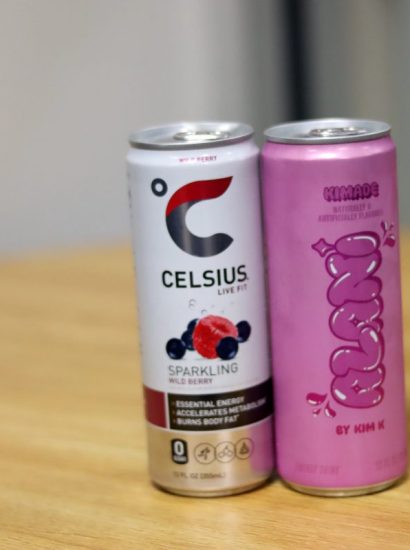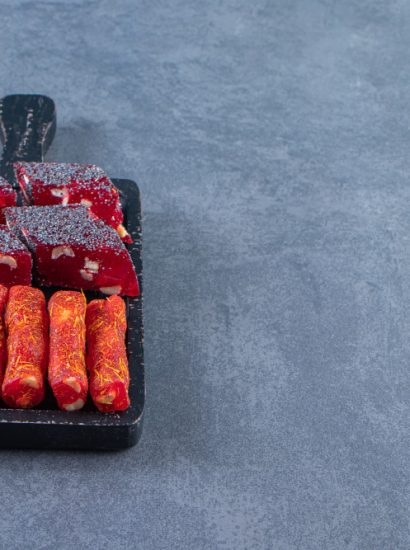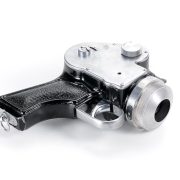When it comes to Malaysian street food, few dishes are as eye-catching and indulgent as tissue prata. This ultra-thin, towering treat, often glistening with butter and sugar or drizzled with condensed milk, is a favorite among locals and tourists alike. But what exactly is tissue prata, and how did it become one of Southeast Asia’s most fascinating culinary creations?
What Is Tissue Prata?
Tissue prata, also known as roti tisu, is a variation of the traditional roti canai, a type of flatbread popular in Malaysia and Singapore. While roti canai is thick and chewy, tissue prata takes on a dramatically different form—paper-thin, crispy, and cone-shaped, often served standing tall like a wizard’s hat or spiraled like a tornado.
The texture is its signature: light, crisp, and almost translucent. It’s more dessert than bread, commonly topped with sugar, honey, or chocolate syrup for added indulgence.
The Origins and Cultural Roots
Tissue prata originated from the Indian Muslim or Mamak community in Malaysia, who adapted roti canai into this dazzling dessert as a way to attract younger customers and families. Over time, tissue prata has transcended street stalls and made its way into restaurants across Malaysia, Singapore, and even Thailand.
Its name “tissue” comes from its paper-thin quality, resembling a sheet of tissue paper. In Tamil or Malay eateries, it’s not just food—it’s performance art. Watching it being made is half the experience.
How Is Tissue Prata Made?
The process of making tissue prata is a skillful and delicate one. It starts with a dough that includes:
- Flour
- Water
- Ghee (clarified butter)
- Salt
- Sometimes a touch of sweetened condensed milk for flavor
The dough is allowed to rest and is then stretched incredibly thin, nearly to transparency. The stretched dough is fried on a hot griddle with a touch of oil or ghee until golden brown and crispy.
Next comes the shaping. While still hot and pliable, the prata is often folded or spiraled into a cone, then allowed to harden into its signature structure. It’s finally topped with sweet condiments like sugar, syrup, or chocolate.
Flavor Variations and Toppings
Tissue prata may look similar everywhere, but there’s room for regional creativity. Common variations include:
- Sweetened Condensed Milk – Drizzled generously for extra sweetness
- Chocolate Sauce or Nutella – For a dessert-style prata
- Strawberries or Bananas – Adds freshness and texture
- Ice Cream – Modern eateries sometimes serve it with scoops of ice cream
- Cheese or Milo Powder – Popular among teens for a quirky flavor twist
Though it’s generally eaten as a dessert or snack, it can be part of breakfast or supper, especially in bustling Mamak stalls open 24/7.
Where Can You Find Tissue Prata?
If you’re traveling in Malaysia or Singapore, tissue prata is easy to find in:
- Mamak stalls (Indian Muslim eateries)
- Hawker centers
- Night markets (Pasar Malam)
- Food courts in malls or transport hubs
Cities like Kuala Lumpur, Penang, and Johor Bahru have renowned stalls serving dramatic, towering pratas. In Singapore, areas like Little India or Geylang Serai offer authentic renditions.
Outside of Southeast Asia, tissue prata might be found in Malaysian restaurants abroad, especially in places with large Southeast Asian communities such as Australia, the UK, or Canada.
Why Tissue Prata Is a Must-Try
Tissue prata is more than just food—it’s an experience. Here’s why it should be on every traveler’s foodie checklist:
- Visual Spectacle: Its impressive height and golden sheen make it Instagram-worthy.
- Interactive Eating: It’s meant to be torn, dipped, and shared.
- Cultural Insight: It tells a story of innovation within tradition, merging Indian, Malay, and modern influences.
- Affordability: You can enjoy this fancy-looking treat for just a few ringgit.
- Flavor and Texture: Light, crisp, buttery, and sweet—what’s not to love?
Conclusion
Tissue prata is a shining example of culinary creativity in Southeast Asia. What began as a twist on a traditional Indian bread has evolved into an iconic, photogenic street food that delights people of all ages. Its simplicity, paired with dramatic flair, makes it a standout snack in Malaysia’s diverse food scene.
So whether you’re a food blogger, a traveler, or just a curious eater, don’t miss out on this crispy Malaysian delight. The next time you find yourself near a Mamak stall, look for the tall, spinning sheet of golden dough—and get ready to fall in love with tissue prata.
FAQs
1. Is tissue prata the same as roti canai?
No. While both originate from the same dough, tissue prata is stretched thinner and made crisp, whereas roti canai is thick, chewy, and often savory.
2. Is tissue prata vegetarian?
Yes, the basic version is vegetarian, typically made from flour, water, ghee, and sugar. However, always check if additional toppings are used.
3. Can I make tissue prata at home?
It’s possible, but it requires practice to stretch the dough thin enough. You’ll also need a hot griddle and ghee to get that crispy texture.
4. What does tissue prata taste like?
It’s light and crispy with a buttery flavor and sweet toppings. Think of it as a cross between a croissant and a dessert crepe.
5. What time of day is tissue prata usually eaten?
Tissue prata is a versatile dish eaten during breakfast, as a snack, or for supper—especially popular late at night at 24-hour eateries.
Also read: Thailand Travel Itinerary 2 Weeks: 10 Unforgettable Places to Explore









